Before velvety tiramisu and molten lava cake became dessert royalty, America had a much stranger sweet tooth. The mid-20th century was a bold time for experimental baking—when canned soup, processed cheese, and gelatin were just as likely to end up in a pie as they were in a main course. From tomato soup spice cake to Velveeta fudge, the dessert table once featured creations that might seem utterly bizarre by today’s standards—but they were crowd-pleasers in their time.
Many of these desserts emerged out of necessity. Wartime rationing, budget-conscious cooking, and clever marketing from food brands inspired home cooks to get creative. With eggs, milk, and butter often in short supply, resourceful bakers turned to unlikely ingredients like mayonnaise, mashed potatoes, or even soda to mimic richness and moisture. What sounds unappetizing now—like tuna Jell-O pie or mock apple pie made from Ritz crackers—was once a symbol of innovation and homemaking pride.
Yet while these recipes might make modern palates raise an eyebrow, they’re more than just culinary oddities—they’re edible time capsules. Each one tells a story about a particular era: the ingenuity of the Great Depression, the patriotic fervor of wartime Election Cakes, or the quirky convenience of 1950s gelatin molds. These weird, wonderful desserts remind us that the definition of “treat” is always evolving—and sometimes, delight comes in the most unexpected flavors.
So before you scoff at prune whip or recoil at ammonia cookies, take a nostalgic stroll through America’s forgotten dessert history. Some are surprisingly tasty, others more of an acquired taste, but all of them once ruled American tables with pride. Who knows? You might just find yourself tempted to bring one back—if only for the novelty and a taste of the past.
1. Tuna and Jell-O Pie
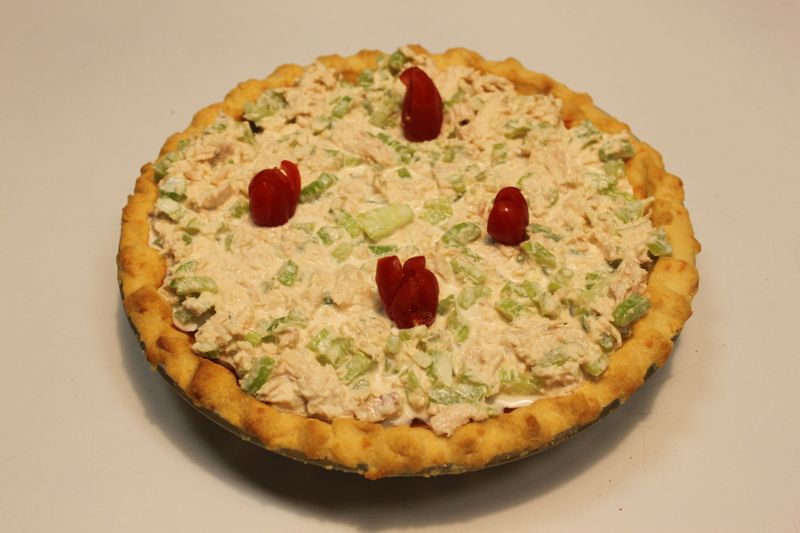
Nothing says 1950s culinary adventure quite like combining fish with gelatin dessert. Homemakers would proudly serve this eyebrow-raising creation at summer luncheons, mixing tuna salad with lemon Jell-O and molding it into a savory pie crust.
The dish represented the post-war fascination with convenience foods and novel combinations. Guests would politely consume these wobbly creations while complimenting the hostess on her creativity.
Magazine advertisements promoted these concoctions as “sophisticated” and “modern” – words that certainly wouldn’t describe this fishy, jiggly creation today!
2. Tomato Soup Spice Cake
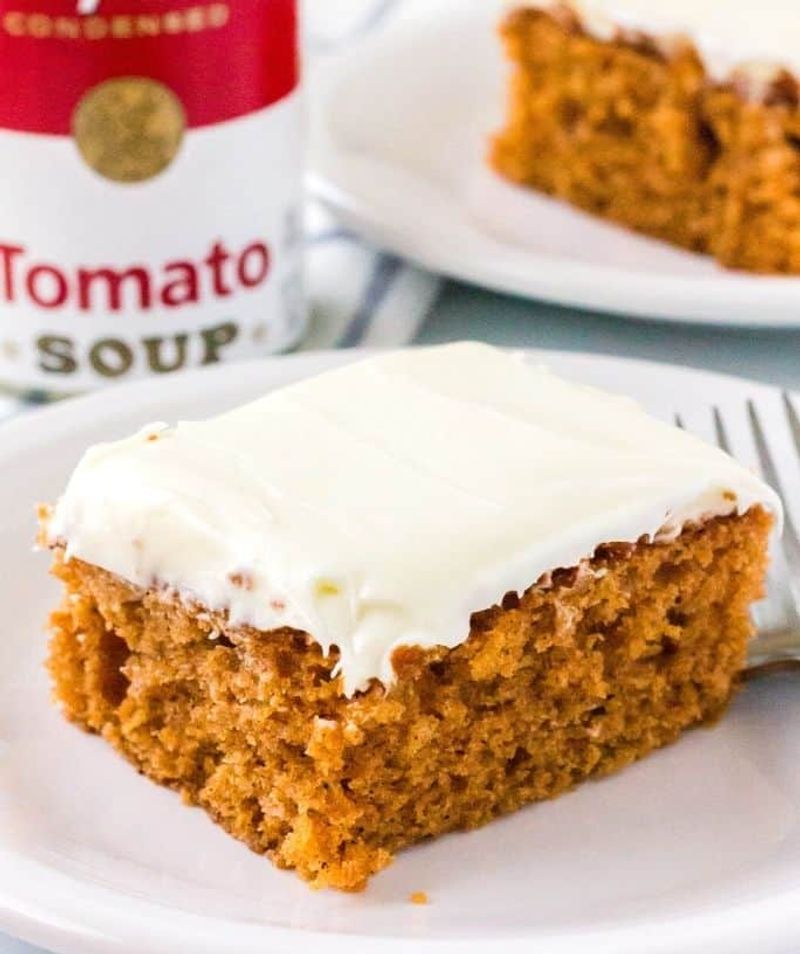
Born from Depression-era necessity, this peculiar cake used condensed tomato soup to create surprisingly delicious results. Bakers combined the soup with standard cake ingredients plus warming spices like cinnamon, nutmeg, and cloves.
The acidic tomatoes reacted with baking soda to create a remarkably light, moist texture. Most people couldn’t detect the tomato flavor at all!
Campbell’s Soup Company popularized this recipe during the 1940s, printing it on can labels. The cake often featured cream cheese frosting, creating a precursor to today’s popular red velvet cake.
3. Velveeta Fudge
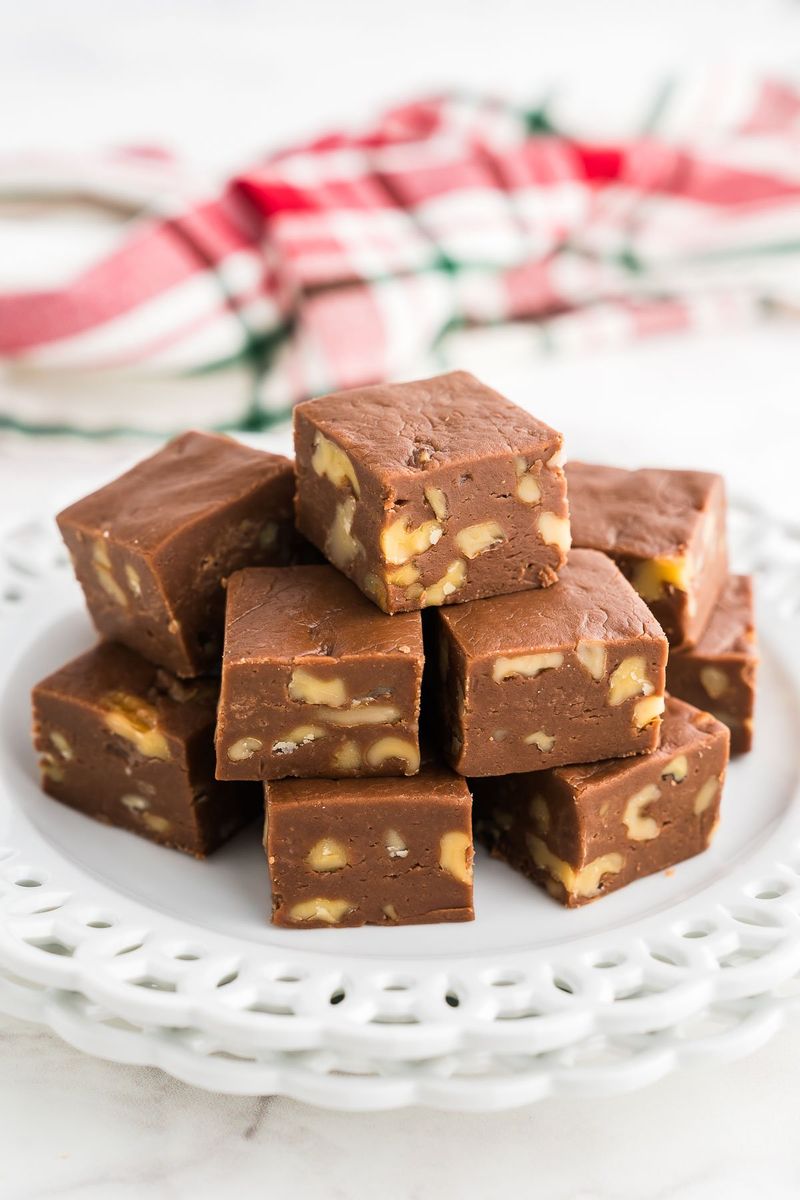
Processed cheese in chocolate fudge sounds bizarre, but this treat was genuinely beloved. The processed cheese product melted smoothly into chocolate, contributing a creamy texture without any detectable cheese flavor.
Kraft actively promoted this unexpected use for their product in 1950s women’s magazines. Home economists praised its fool-proof nature – the cheese’s emulsifiers prevented the sugar from crystallizing, creating consistently smooth fudge.
Family recipes were guarded secrets, with many people never revealing the unusual ingredient to guests who raved about the mysteriously creamy chocolate squares!
4. Potato Candy
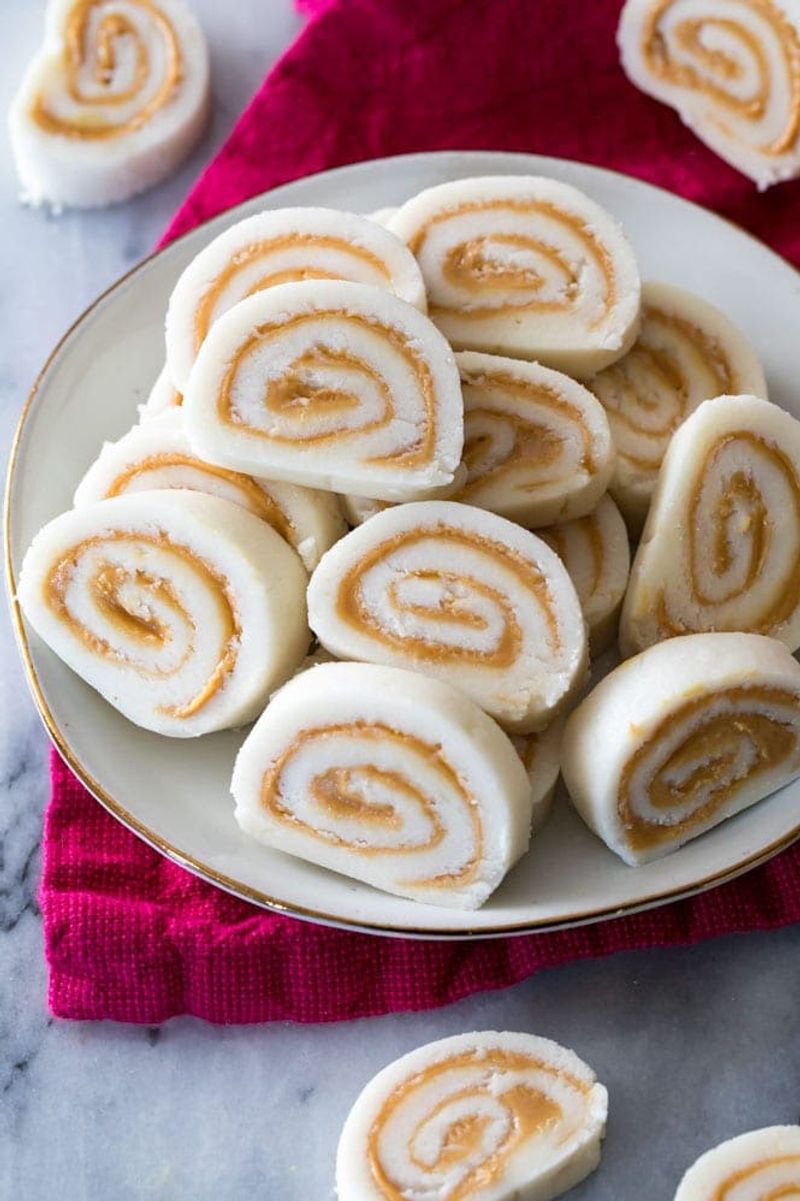
Mashed potatoes in candy? Appalachian families created this ingenious sweet during hard times. The starchy base mixed with powdered sugar created a dough-like consistency that could be rolled flat, spread with peanut butter, and formed into pinwheels.
The potato flavor disappeared entirely, leaving behind a sweet, fudge-like confection. This no-bake treat required no special equipment or expensive ingredients.
Children would eagerly watch grandmothers prepare these spiraled sweets, which became Christmas traditions in many rural households. The candy could last for days at room temperature, making it practical for homes without refrigeration.
5. Ammonia Cookies
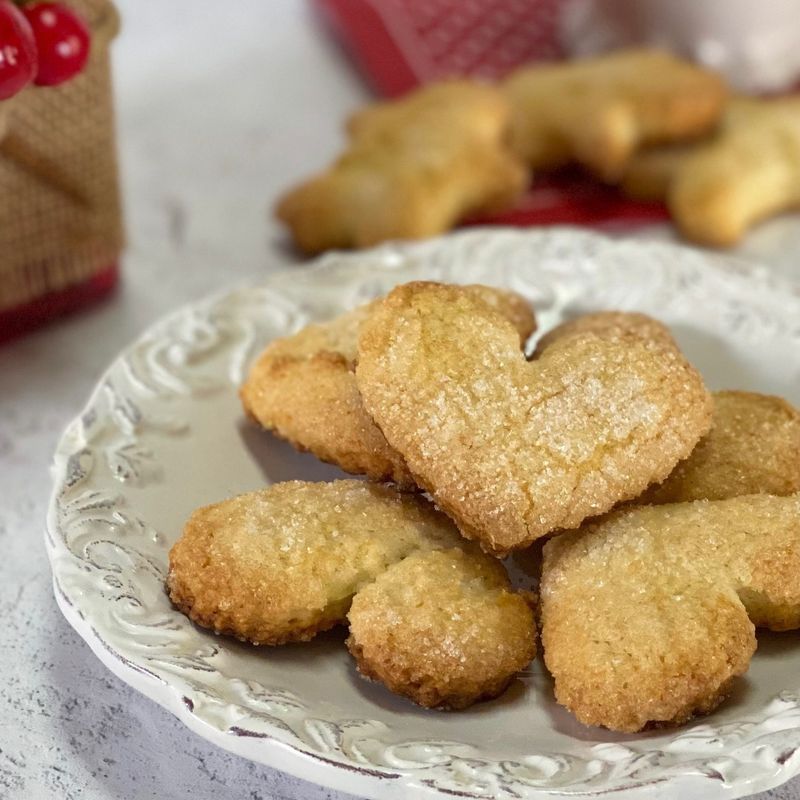
These crisp cookies packed a surprising chemical punch from baker’s ammonia (ammonium carbonate), an early leavening agent. Polish and German immigrants brought these recipes to America, where they remained popular until modern baking powder took over.
The ammonia completely evaporated during baking, leaving no taste but creating uniquely crisp, light cookies. Bakers had to warn first-timers not to smell the dough or breathe the initial oven fumes!
Often flavored with anise, cardamom, or almond, these cookies stored exceptionally well, making them perfect for long journeys or sending to family members far away.
6. Candy Corn on the Cob
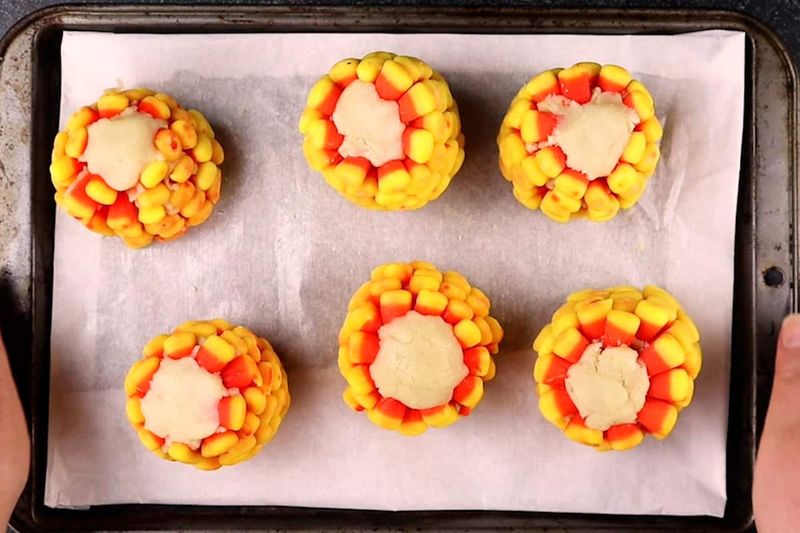
Fall parties featured this whimsical dessert that fooled the eye by mimicking actual corn. Parents formed sugar cookie dough into corn cob shapes, then pressed candy corn pieces in neat rows to resemble kernels.
Melted yellow butter sticks served as the “butter pat” on top, completing the visual trick. Children delighted in the surprise of biting into sweet cookie instead of vegetable.
This treat gained popularity in the 1960s and 1970s at Halloween gatherings and harvest festivals. School cooking classes taught this creative dessert to generations of young bakers as a fun autumn project.
7. Hermit Cookies
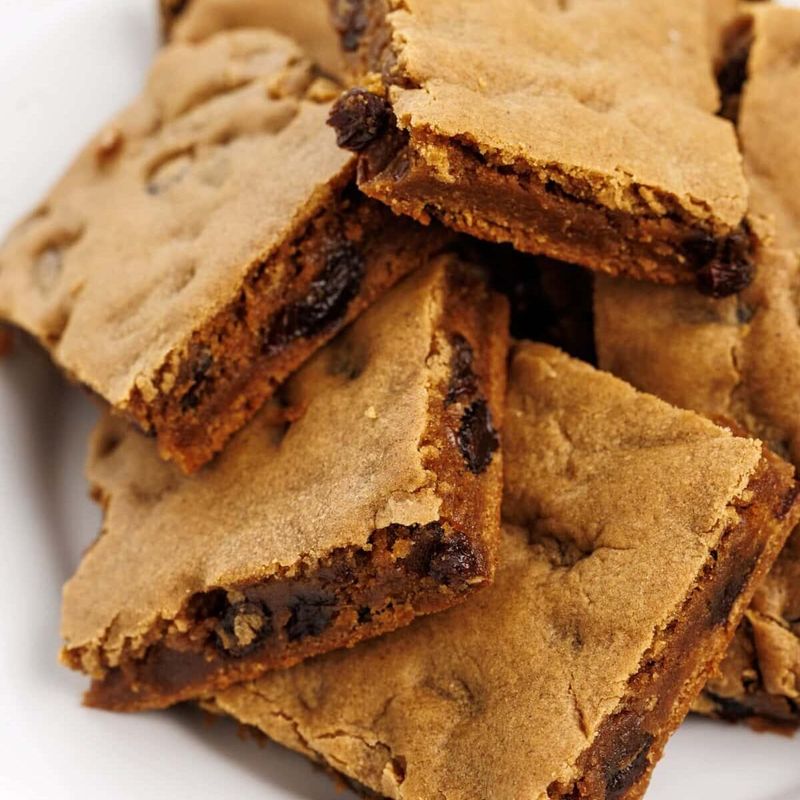
Named for their long shelf life (perfect for hermits needing sustenance during isolation), these spiced cookies were 19th-century favorites. New England sailors carried these dense, chewy treats on long voyages because they improved with age.
Rich with molasses, raisins, and warming spices like cinnamon and cloves, hermits provided energy and comfort. Some versions included chopped nuts or crystallized ginger for extra texture.
Often baked in bars rather than individual cookies, they were cut into portable rectangles. Their dark color and humble appearance belied their complex flavor – the original energy bar of American history!
8. Election Cake

Democracy had its own dessert in early America! This massive, yeasted fruitcake became a tradition during colonial voting days, when elections were festive community events.
Women (who couldn’t vote themselves) prepared these enormous cakes to encourage male voter turnout. The yeasted dough, studded with dried fruits and soaked in brandy or rum, required significant labor and ingredients.
Hartford, Connecticut claimed the original recipe, which could feed an entire village. The tradition faded as elections became more serious affairs, but some historical bakeries still revive this boozy, fruit-filled creation during modern election seasons.
9. Great Cake
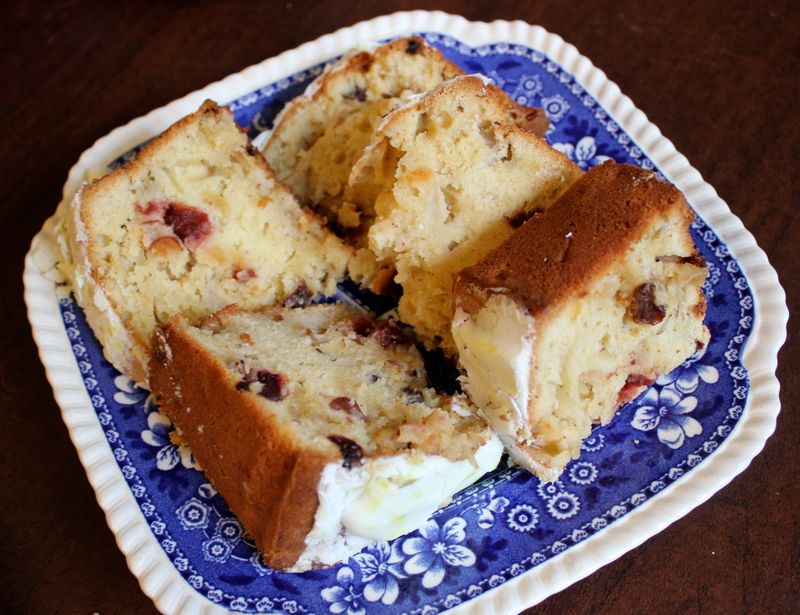
Martha Washington’s personal recipe for this monumental dessert required 40 eggs and 5 pounds of fruit! This massive, booze-soaked creation marked significant celebrations in colonial America, from weddings to Christmas feasts.
Preparing Great Cake was a multi-day process involving careful fruit preparation, lengthy creaming of butter and sugar by hand, and slow baking. Wealthy families displayed their status through these elaborate confections.
Unlike today’s fruitcakes, Great Cakes were genuinely beloved, with guests clamoring for slices. The brandy and spices preserved these cakes for months, allowing celebration to continue long after the event.
10. 7-Up Salad
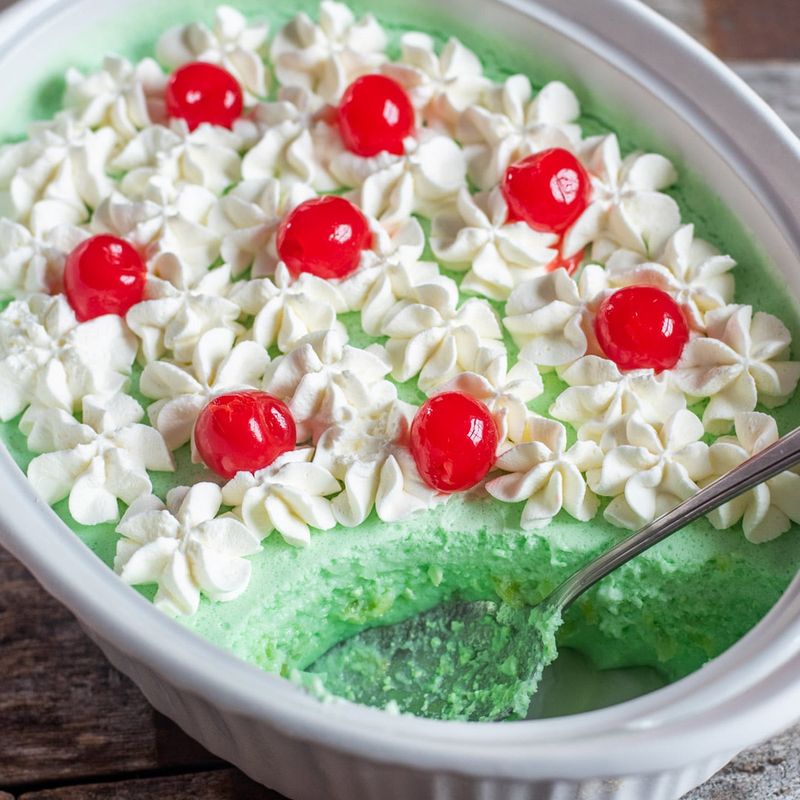
Despite the name, this jiggly creation belonged firmly in the dessert category. Mid-century hostesses combined lime Jell-O with the popular lemon-lime soda, creating a fizzy, bright green base for mini marshmallows, pineapple chunks, and cottage cheese.
Often molded in decorative Bundt pans or fancy copper molds, this “salad” wobbled its way onto dinner plates alongside savory dishes. Church cookbooks across America featured competing versions, some including cream cheese, maraschino cherries, or pecans.
Many children of the 1960s recall the confusion of being told to eat their “salad” when presented with this sweet, neon treat!
11. Mock Apple Pie
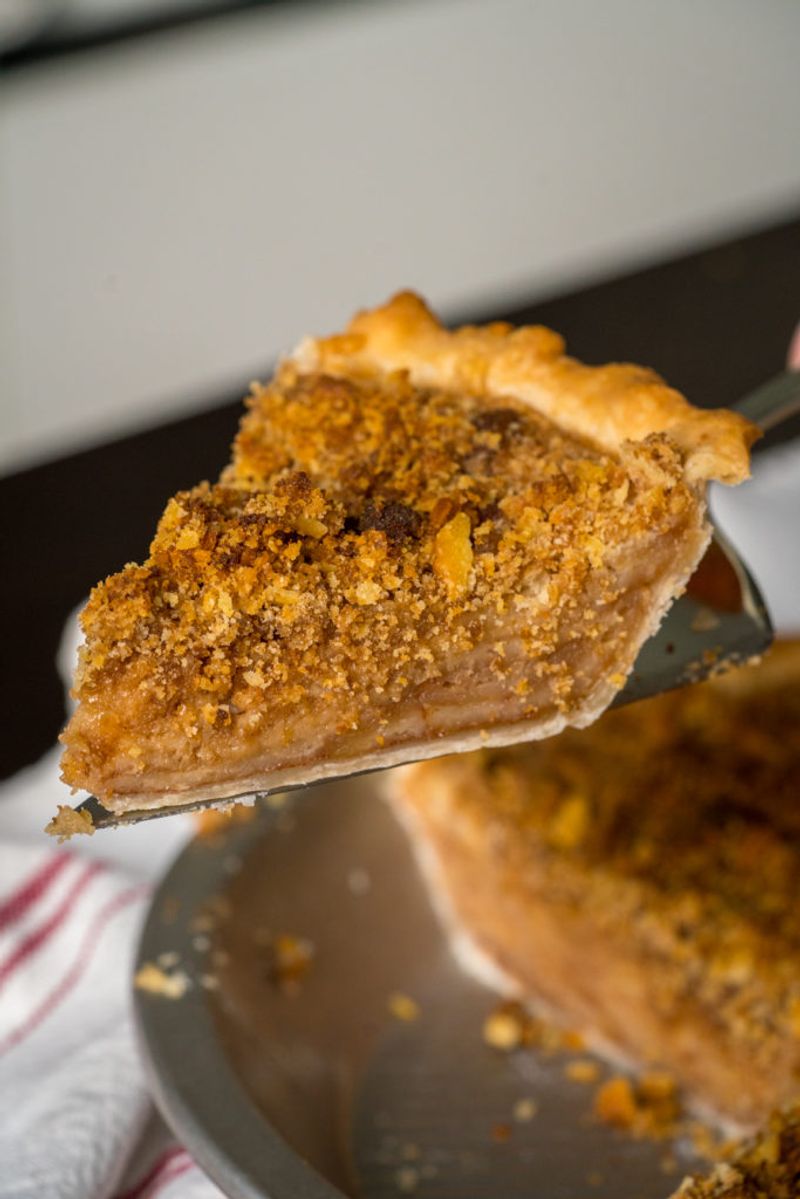
No apples? No problem! This ingenious Depression-era dessert used Ritz crackers soaked in a cinnamon-sugar syrup to mimic apple filling. The crackers’ flaky texture softened to resemble cooked fruit, while cream of tartar added tartness.
Nabisco printed the recipe directly on cracker boxes during the 1930s, when fresh fruit was often unaffordable. Blindfolded taste-testers frequently couldn’t distinguish it from real apple pie!
Many families continued making this clever imposter even after apples became readily available again, having developed a nostalgic preference for the unique flavor of this resourceful American creation.
12. Ration Cake
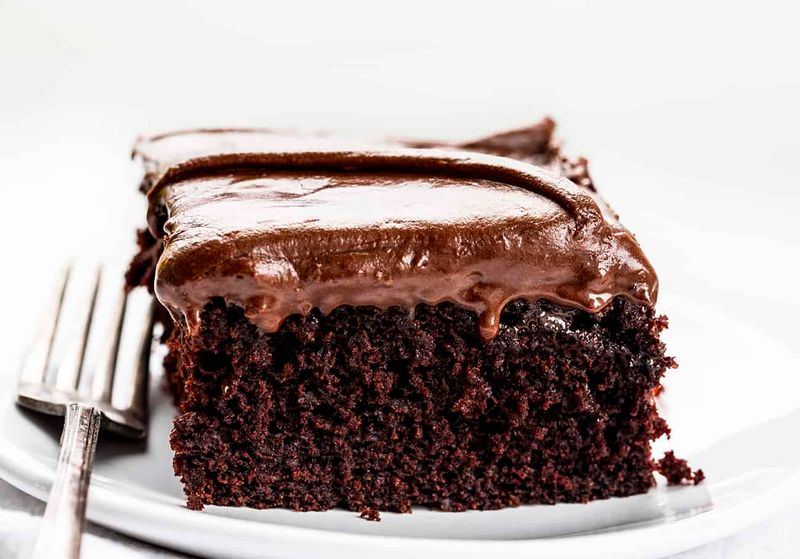
World War II rationing created remarkable culinary creativity, including this eggless, butterless, milkless cake. Homemakers used vegetable shortening, water, and baking soda to create a surprisingly moist chocolate dessert.
Often called “Wacky Cake” or “Depression Cake,” this recipe mixed directly in the baking pan, saving on cleanup and utensils. Vinegar reacted with baking soda to provide leavening, while spices and cocoa powder added flavor without rationed ingredients.
Government pamphlets promoted these resourceful recipes as patriotic. Many families continued making these simple cakes long after rationing ended, appreciating their affordability and reliable results.
13. Water Pie
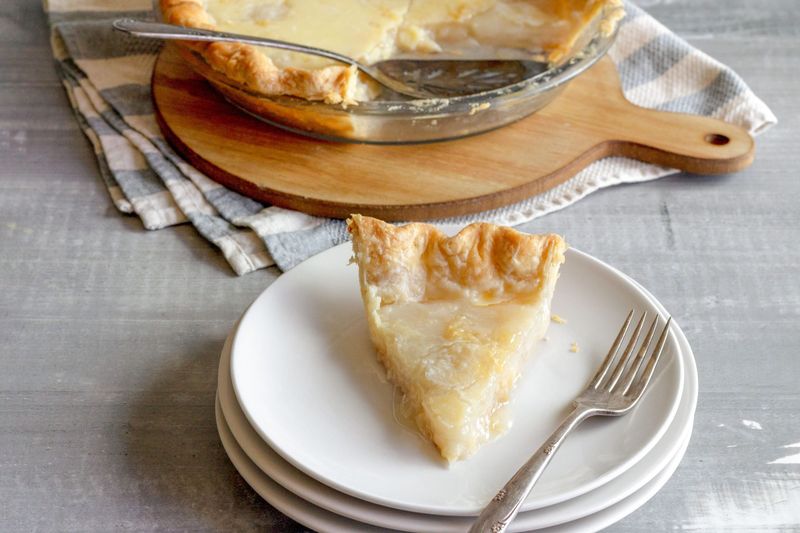
The simplest pie imaginable, this Depression-era miracle transformed plain water into silky custard. Bakers placed water, sugar, flour, and butter in a pie shell, where they magically merged during baking into a smooth, vanilla-scented filling.
Also called “Depression Pie,” this recipe represented American resourcefulness at its finest. The chemistry was clever – flour thickened the water while butter created richness, and vanilla extract added depth without expensive ingredients.
Families passed down handwritten recipe cards for this humble dessert, often with notes about hard times survived. The pie’s delicate sweetness and custard-like texture belied its humble origins.
14. Prune Whip
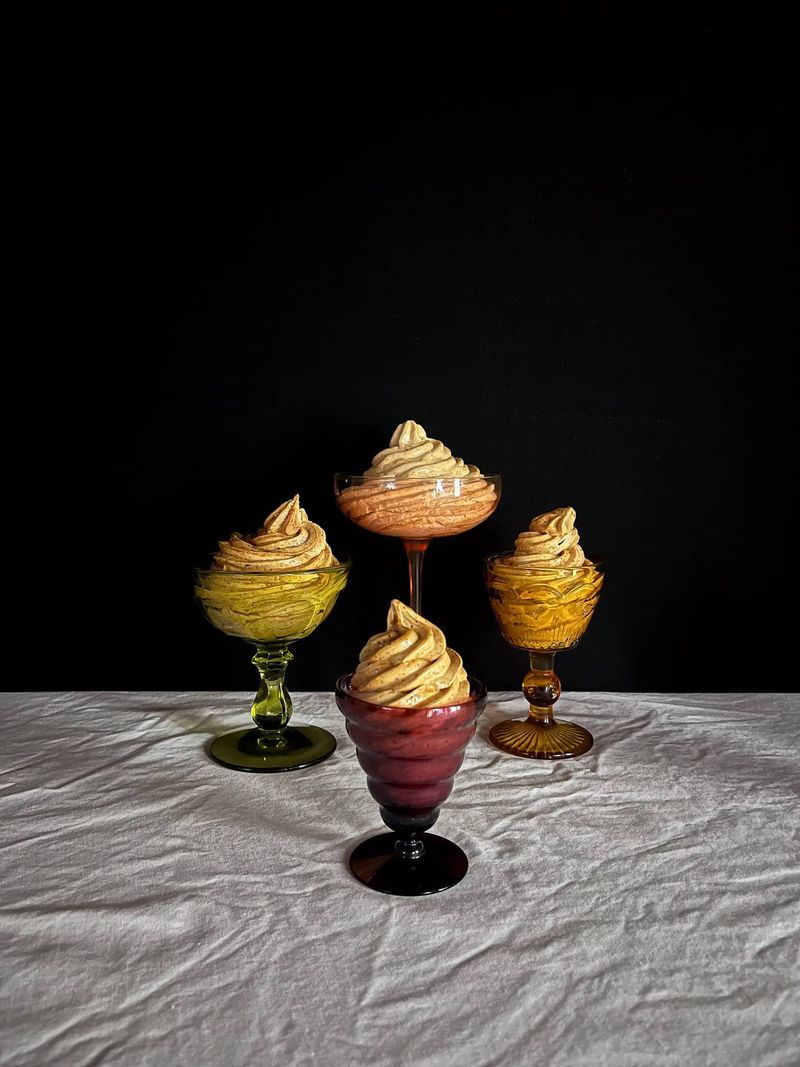
Grandmothers championed this elegant, airy dessert long before prunes became unfashionable. Stewed prunes were pureed and folded into stiffly beaten egg whites, creating a naturally sweet cloud-like mousse.
Served in delicate glass dishes with soft custard sauce, this light finale to heavy meals was considered sophisticated and digestively beneficial. Health-conscious homemakers of the early 20th century appreciated the natural sweetness and fiber content.
Victorian and Edwardian cooking schools taught this preparation as an essential culinary skill. The dessert’s reputation suffered in later decades as prunes became associated with aging and digestive remedies rather than gourmet treats.
15. Snow Pudding
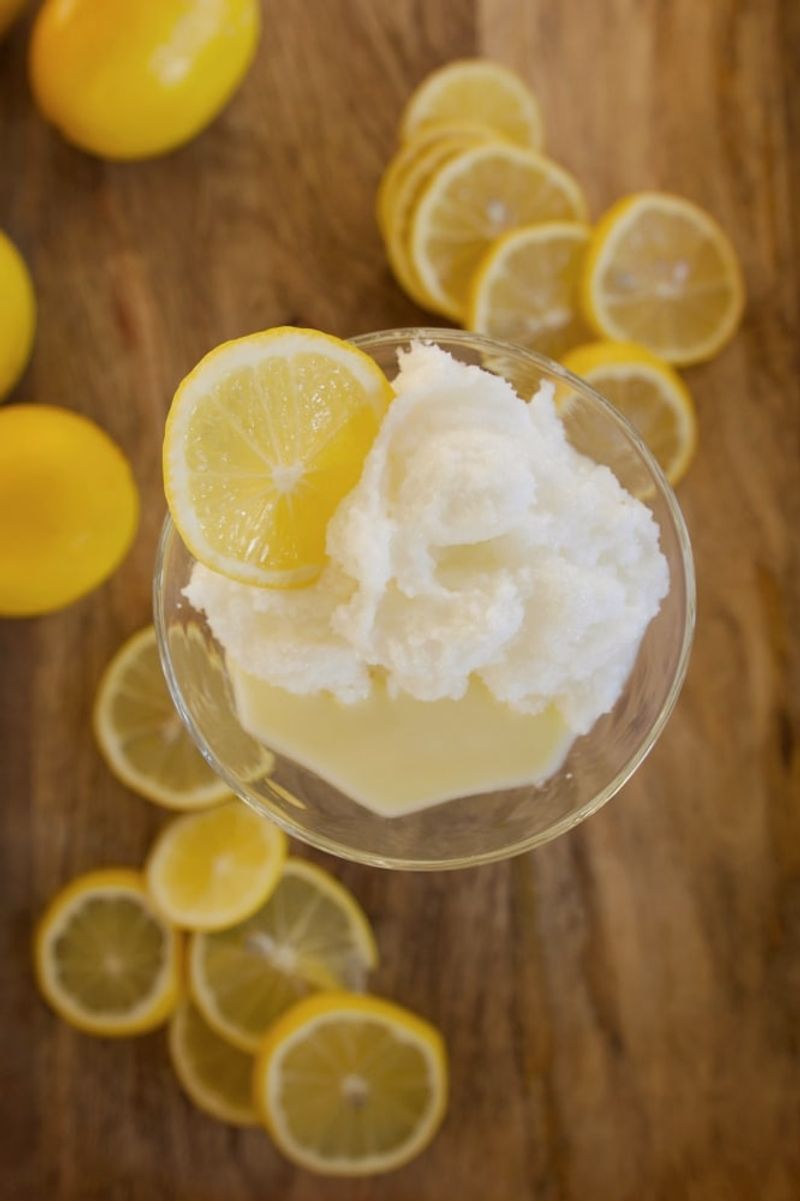
Victorian dinner parties concluded with this ethereal dessert resembling freshly fallen snow. Lemon-infused gelatin whipped with egg whites created a cloud-like texture that melted on the tongue.
The dramatic serving process involved mounding the white fluff in a glass bowl surrounded by ice chips to maintain its cool, pristine appearance. A contrasting bright yellow custard sauce poured over each serving provided rich counterpoint.
Cookbooks from the 1880s through 1920s featured this elegant finale, which required significant arm strength to whip properly before electric mixers. The dessert’s popularity faded as gelatin salads took over mid-century tables.
Leave a comment